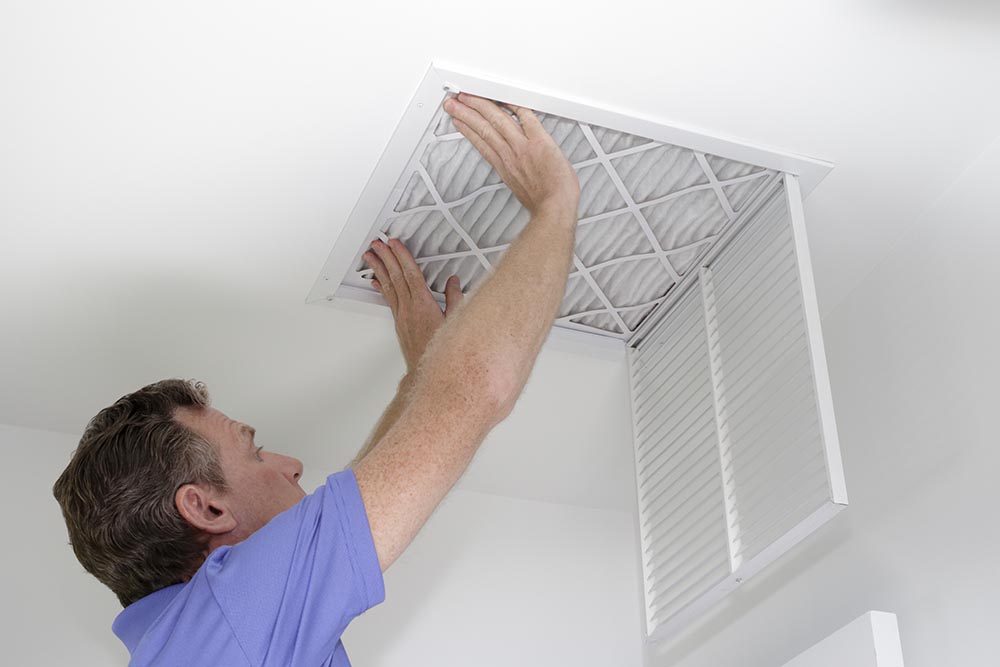Home upgrades are a great way to enhance the look and value of your property. While you may want to focus on acquiring new furniture, repainting, or installing new lighting fixtures, your furnace shouldn’t be left out.
A malfunctioning furnace will lead to high energy bills and can be a nightmare, especially in winter when you need it to heat your home. However, the type of repairs matters, and some require prompt help. What are the types of emergency furnace repairs to know? Do I need to call an emergency furnace repair technician? Let’s find out;
1. Pooling water around the furnace
Gas and water may leak from your furnace, and this may signify an issue with your furnace. Gas leaks can pose hazards to your loved ones, while water leaks mean a furnace malfunction. If you notice water pooling near the heating component, this may be an issue with the condensate line, failing coils, drain line clogs, or cracked evaporator. These can corrode the parts, and the moisture will promote mold growth. Therefore, don’t hesitate to call for help. An Emergency Furnace Repair Calgary technician can examine your furnace and advise you on how to fix the issue.
2. High power bills
An old furnace will become inefficient over time and may keep running to heat your home. For this reason, it will overwork and use more energy without heating your space efficiently. This will translate to high energy bills and is a sign of an old or faulty HVAC. Therefore, examine the filters for dirt and debris accumulation, which can hinder free airflow on the heating components. Also, have the unit checked by a technician.
3. Cold air and no heating at all
The furnace should warm your home in cold weather. Sometimes, you may notice that it doesn’t heat your home adequately, which is a sign that it’s failing. In this case, you may feel coldness in the entire home or notice cold spots in some areas of your home.
This mostly happens when the motor malfunctions, which will lead to inadequate power to heat the home efficiently. There could also be an issue with the pilot light or the heat exchanger. If you notice cold air from your furnace, call an emergency repair technician to examine all the heating components.
4. Unusual noises coming from your furnace
It’s normal for your furnace to produce some sounds during operation, but this isn’t too loud. The sound originates from the hating parts, but unusual noises are a cause for concern.
A faulty appliance will produce rattling noises primarily due to loose mechanical parts. If there are squeaking or irritating sounds from your device, have it checked immediately. The noise may go down for hours after the rattling and should treat this as an emergency. The noise may also mean that the furnace is overworking.
Conclusion
Understanding the signs of emergency furnace issues helps allows you to seek help before it’s too late. Therefore, once you spot any signs of malfunction in your HVAC, contact a furnace repair technician. Some issues are emergencies, and not fixing them promptly may cause irreversible damage to your unit.
